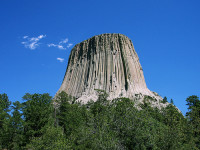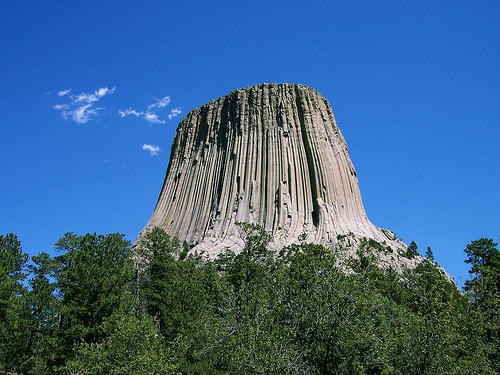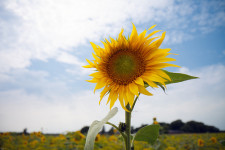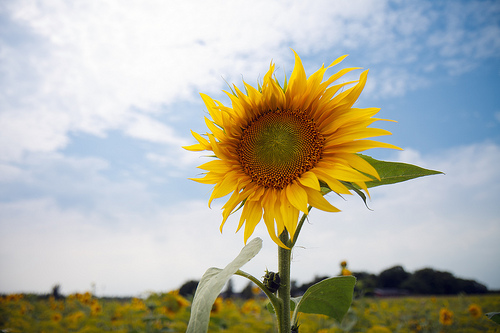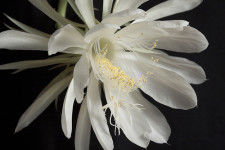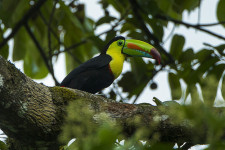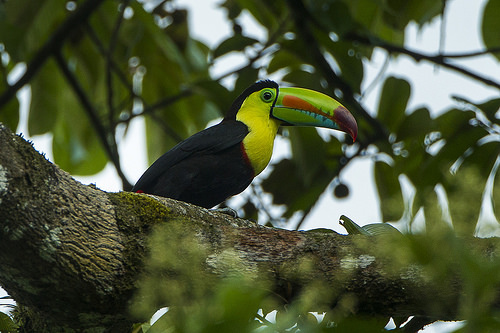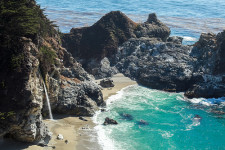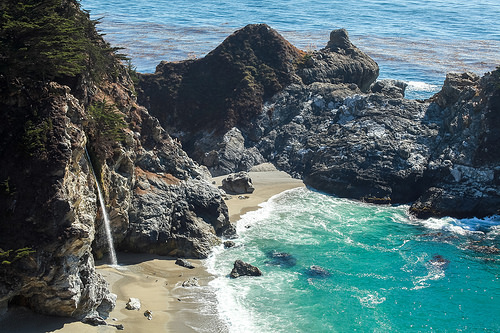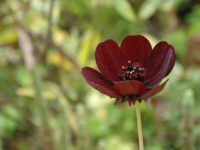
Chocolate cosmos is a delicacy for the eyes.
- Chocolate cosmos are a species of perennial flowering plant, that originated in Mexico.
- ‘Chocolate cosmos’ is also known as ‘black cosmos’ and was once known as ‘black biden’.
- The scientific name of chocolate cosmos is Cosmos atrosanguineus, formerly Bidens atrosanguineus, and it is from the family Asteraceae, the family of daisies.
- Chocolate cosmos generally grow to be around 40 to 75 centimetres (1.3 to 2.5 feet) in height.
- Chocolate cosmos are believed to be extinct in the wild, while many specimens today are clones of a non-fertile specimen, so those will not produce fertile seed.
A Chocolate Cosmos
Image courtesy of Amanda Slater/Flickr
- The blooms of chocolate cosmos plants are a deep brown to maroon colour, and they have a fragrance reminiscent of chocolate.
- Chocolate cosmos grow best in sunny or mostly sunny conditions, and the plants grow from tubers that enable them to be divided.
- Chocolate cosmos plants prefer warm climates if they are to be grown all year round, and they typically bloom during summer months and into early autumn.
- Seed merchant, William Thompson from Ipswich in England, was the first known person to cultivate a chocolate cosmos plant, doing so in 1835, and the plant was described by English botanist, Joseph Hooker, shortly after, who obtained a specimen from Thompson.
- Chocolate cosmos are commonly grown in gardens for decorative purposes or as cut flowers.
Bibliography:
Cosmos, 2016, Pacific Bulb Society, http://pacificbulbsociety.org/pbswiki/index.php/Cosmos
Cosmos atrosanguineus, 2016, Heritage Perennials, http://www.perennials.com/plants/cosmos-atrosanguineus.html
Cosmos atrosanguineus, 2016, Wikipedia, https://en.wikipedia.org/wiki/Cosmos_atrosanguineus
Schneider A, Caring for Chocolate Cosmos Plants: Growing Chocolate Cosmos Flowers, 2016, Gardening Know How, http://www.gardeningknowhow.com/ornamental/flowers/cosmos/growing-chocolate-cosmos.htm





